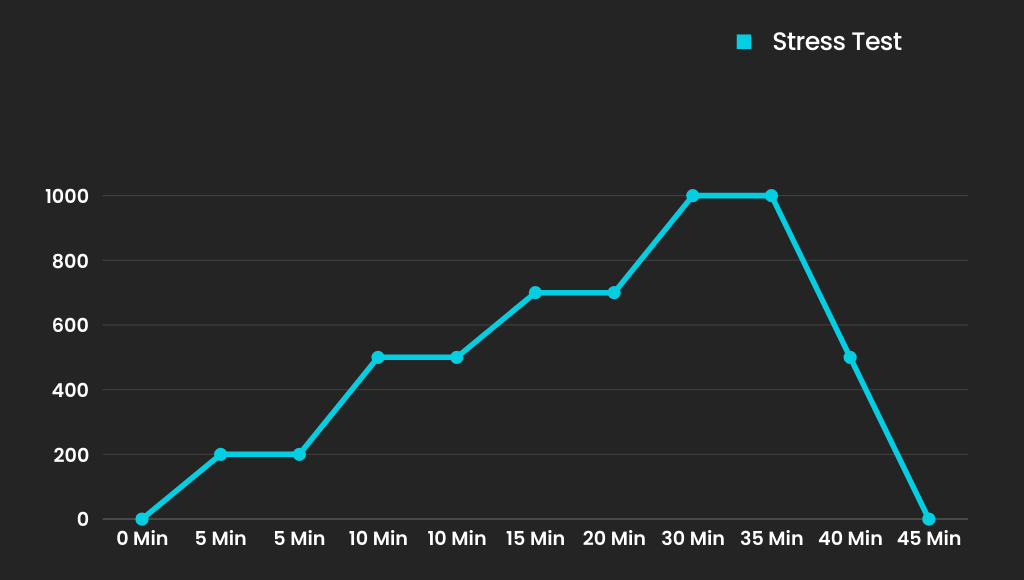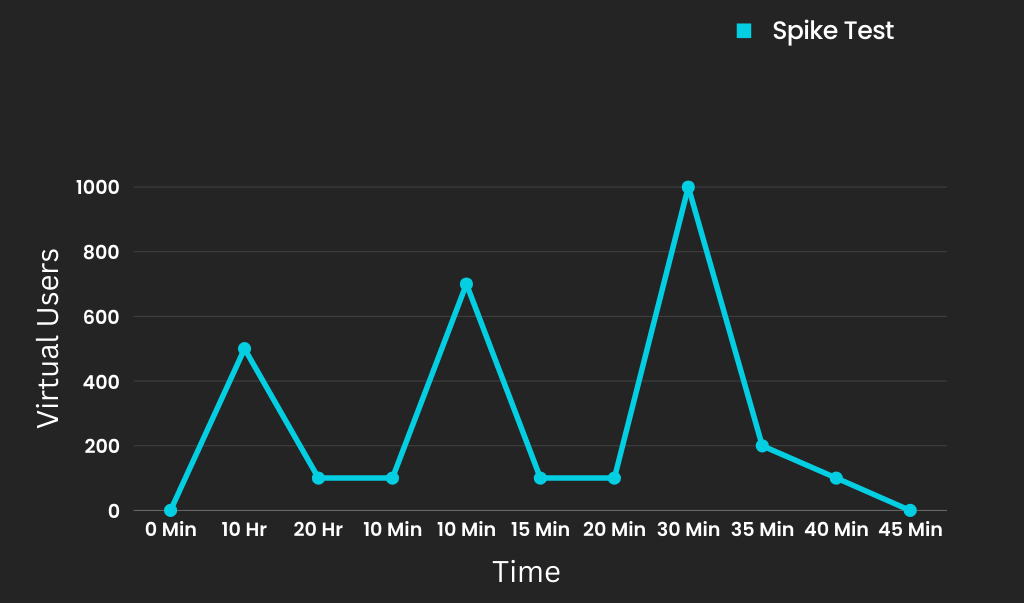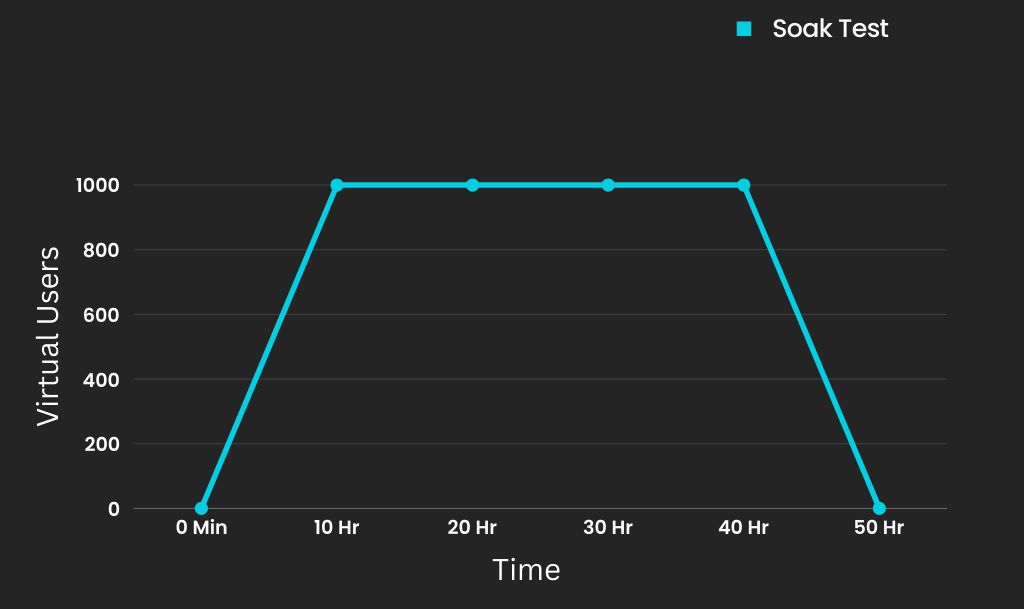Performance Testing 101: Understanding the Basics of Performance Testing
Overview
In this article, We’ll discuss what performance testing is, why it is important, and the various types of performance tests used to evaluate a system’s speed, stability, and scalability. Understanding these concepts is essential for ensuring that applications perform well under different conditions and provide a smooth user experience.
1. Understanding Software Testing Types
Software testing is mainly divided into two types functional testing and non-functional testing.
- Functional testing checks what a system or component should do. It ensures that all features work correctly, completely, and appropriately.
- Non-functional testing focuses on how well the system performs. It evaluates software quality aspects like performance, compatibility, usability, reliability, security, maintainability, and portability (as defined by the ISO/IEC 25010 standard).
Non-functional testing can begin early in the development cycle, such as during code reviews or system testing. It often builds on functional tests by verifying additional conditions, like how fast a function runs or whether it works on different platforms. Detecting non-functional issues late can seriously impact a project’s success, as some tests require specialized environments, like usability labs.
2. What is Performance Testing?
Performance testing checks how well an application works under different conditions, like high user traffic, large amounts of data, or slow networks. It ensures the system is fast, stable, scalable, and responsive. Since performance testing falls under non-functional testing, it focuses on how the system behaves rather than what it does.
For an example imagine testing a new highway before opening it to the public. Engineers check if it can handle heavy traffic, extreme weather, and different vehicle weights to ensure it’s safe and reliable. Similarly, performance testing ensures an application can handle real-world usage without slowing down or crashing.

3. Why Performance Testing Matters
Performance testing is crucial because a slow, unstable, or unresponsive application can lead to frustrated users, lost revenue, and a damaged reputation. In today’s fast-paced digital world, users expect websites and apps to load quickly and function smoothly. Even a few seconds of delay can cause users to leave and switch to competitors.
3.1 Cost of Poor Performance
- Lost Users & Revenue - Poor performance has lasting financial impacts. Research shows that 88% of users won’t return after a bad experience, and for e-commerce sites, a one-second delay can cost millions in lost sales. Losing loyal customers and acquiring new ones adds to the cost, making performance issues even more expensive over time
- Brand Damage - A brand’s reputation is tightly linked to the performance of its digital products. A slow, buggy, or unreliable application can quickly create a negative perception, and in today’s interconnected world, bad experiences spread fast. Social media amplifies complaints, turning small issues into viral stories that can damage trust and drive potential customers away. Once a brand gains a reputation for poor performance, it can be difficult to shake it off.
- When Your App Fails, Competitors Win - Performance issues on your app isn’t just a technical issue, it’s an open invitation for competitors to step in. The moment your service goes down, rivals seize the opportunity to attract frustrated users with a smoother, more reliable experience. Whether through targeted marketing or simply being the more dependable option, they position themselves as the better choice, making it even harder for your brand to regain lost trust.
4. What Are the Types of Performance Testing?
4.1 Load Testing – Can the system handle expected traffic?

Load testing evaluates how a system performs under typical conditions, such as the average number of users or requests it is expected to handle. The goal is to verify that the application can maintain performance levels and function correctly when operating within normal, expected usage patterns.
Example - Imagine you run an Ecommerce website, and you expect a surge in traffic during a big sale event. To ensure your website performs well under high demand, you conduct load testing by simulating 400 concurrent users accessing your site at the same time
4.2 Stress Testing – What happens when the system is pushed beyond its limits?

Stress testing involves pushing the system to its breaking point by increasing the load until the system fails or experiences performance degradation. The aim is to identify the system’s maximum capacity and understand how it handles extreme conditions.
Example - Testing a web application by simulating 1000 users when it is designed for only 500 users to see how it crashes or recovers.
4.3 Spike Testing – Can the system handle sudden traffic bursts?

Spike testing is a type of stress testing where the system is subjected to sudden, extreme spikes in user traffic. It measures the system’s ability to cope with quick surges in demand and checks how it recovers after the spike.
Example - Simulating a sudden traffic spike on an online store during a flash sale and verifying if the system can handle the surge without crashing.
4.4 Spike Testing – Soak Testing – Does the system remain stable over time?

Soak testing, also known as endurance testing, involves running the system under a normal or heavy load for an extended period to identify issues like memory leaks, database slowdowns, or performance degradation over time
Example - Running a database server under moderate load for 48 hours to identify memory leaks or performance issues that may not be visible during short-term testing.
Conclusion
Performance testing is crucial for ensuring applications remain fast, stable, and reliable under varying loads. It helps detect performance bottlenecks before they impact users, preventing slowdowns, crashes, and revenue loss. By incorporating performance testing into the development process, businesses can deliver seamless digital experiences and maintain customer trust. In the next article, we’ll explore k6, a powerful performance testing tool, and cover its basics to help you get started.

